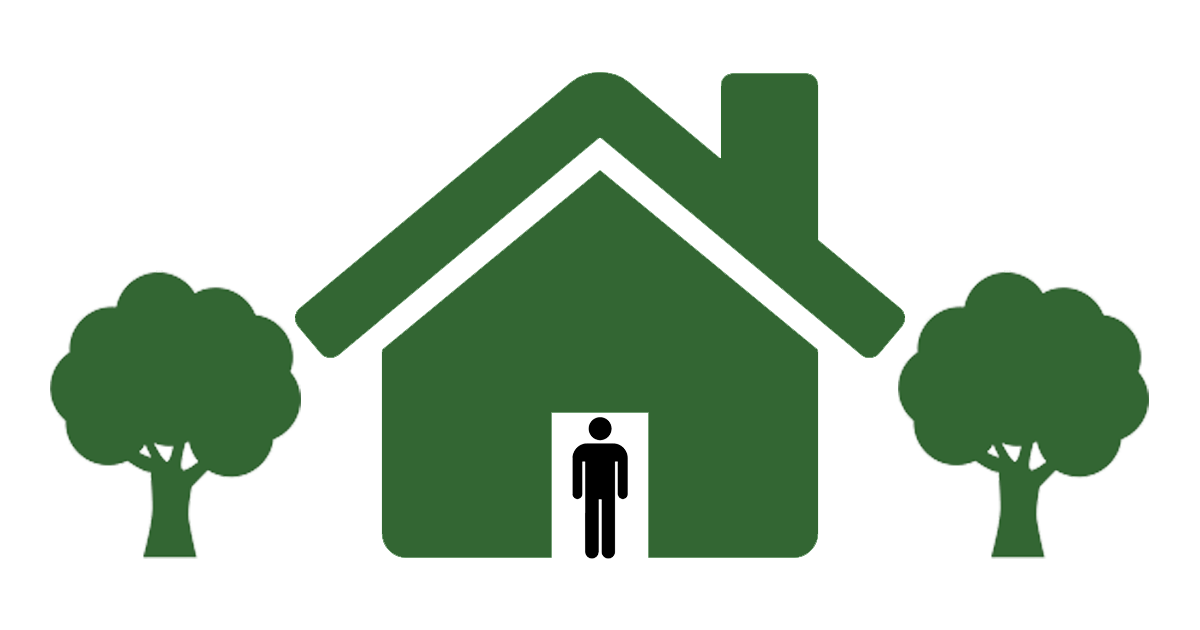September 3, 2013 at 9:13 am CDT
Livability recently released its list of the best college towns for 2013 based on a range of livability factors. For small to mid-sized cities, having a major college or university can impact livability in a variety of ways. It can be an economic stabilizer, it can draw a constant influx of new and newly educated residents and workers, it can attract an outsized portion of cultural events. Look at the impact on a city like College Station , or Columbia, Mo., or Gainesville, Fla . In cities like these, a university or college is often the difference between being a good place to live and a best place to live. Some have wondered if having a private university would have helped Detroit stave off its current decline – which incidentally is at least half a century in the making.
The president has been talking a lot about the cost of getting a college education and congress has been, in many ways, holding students and graduates over a barrel hemming and hawing about whether or not to double the amount they need to pay each month. This, as student loan debt in the U.S. hits an all-time high of $1 trillion give or take, four times what it was a decade ago according to the Federal Reserve.
This might not seem, on the surface, like a livability issue, but if it becomes harder for students to afford college, how will that impact college towns? Will they become less diverse, both in terms of demographic diversity and the diversity of ideas? Will housing change as upscale students look for high-end dorms and apartments rather than crowded off-campus apartments.
There is, of course, good news worth singing about. According to the Census Bureau, in recent years, near-record levels of students are getting federal grants and student loans. The rate of college attendance is still going up, especially for women who outnumber men in college three to two.
In the coming weeks, Livability will be unveiling a new project, which we’re rather excited about. We’ll be talking about college towns more. But one thing I find heartening is all of the great energy in our smaller towns and college towns related to attracting and retaining today’s 20-somethings. In short, college towns are looking to diversify. They’re building out tech hubs. They’re adding more mixed-use developments in their growing downtowns. They’re adding bike-share programs and promoting noncar-based transit. They’re doing all the things big cities are doing, just on a smaller scale.
This was originally posted on Livability.com, home of the Top 100 Best Places to Live rankings. Copyright Journal Communications Inc. Reprinted with permission.
